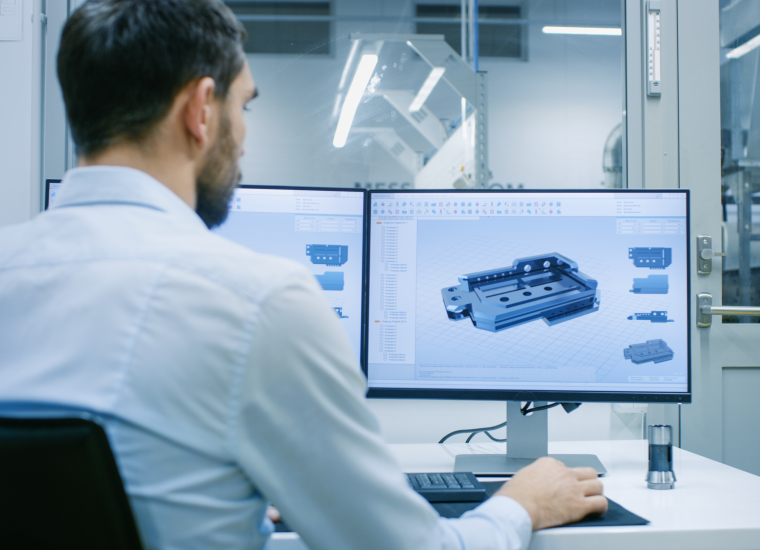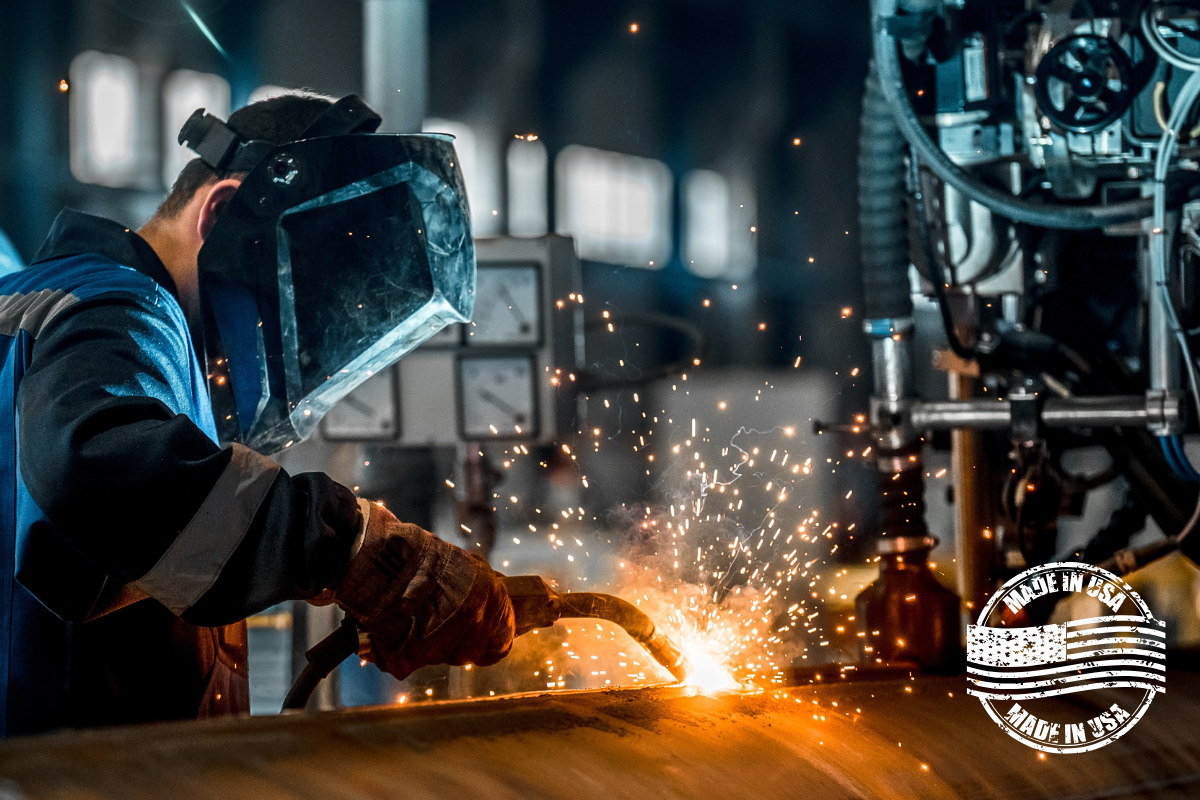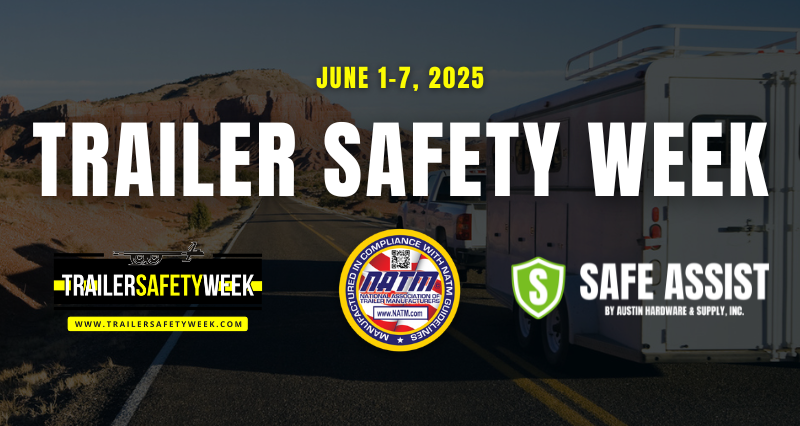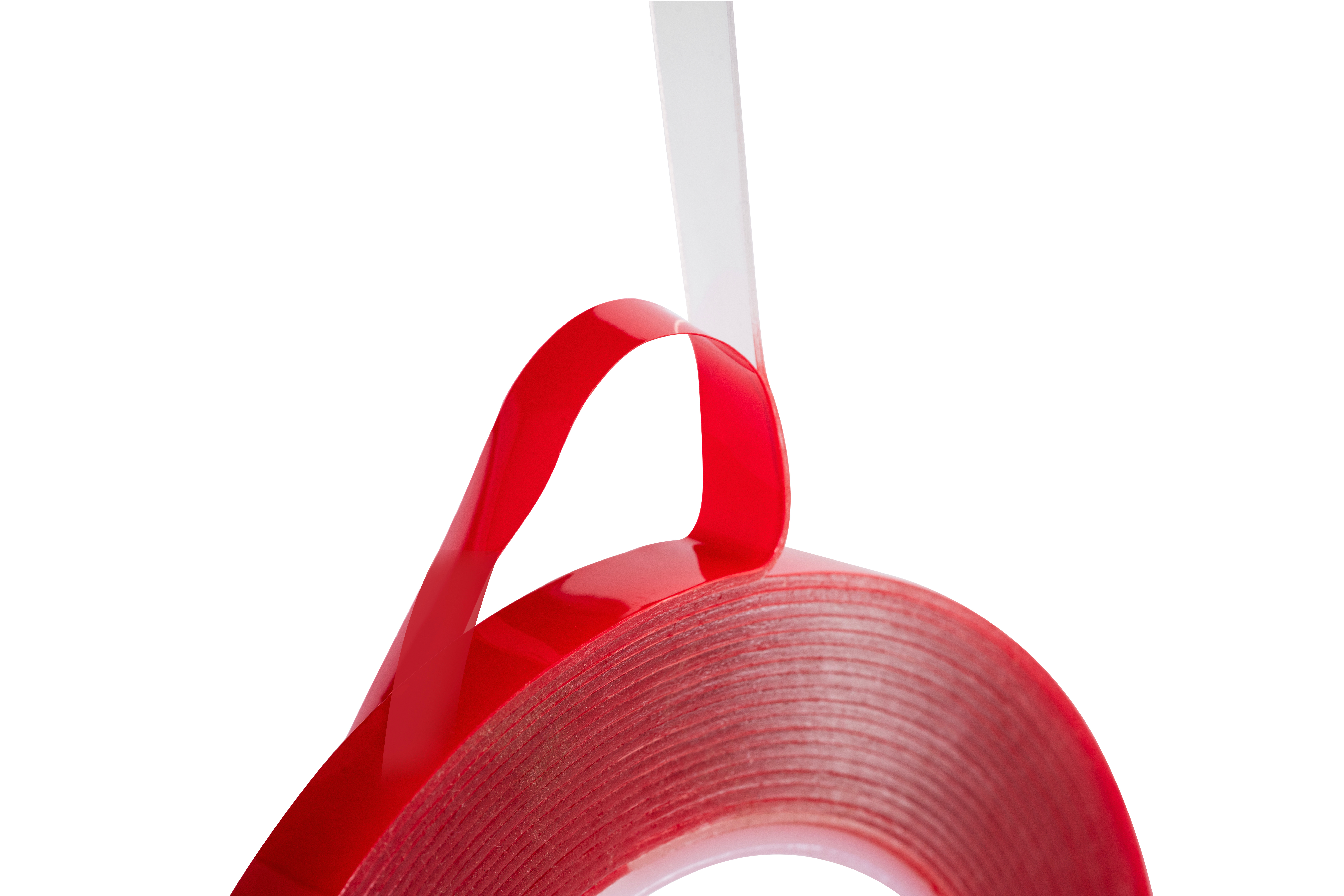We're always looking for ways to improve our lives through the products we use. We seek products that make tasks easy, work better and faster, last longer, cost less, feel good to use, and make us feel good.
In business, manufacturers look to add components to their end products that improve their customers' lives and solve problems, adding value and giving them a competitive advantage. But that search can be complicated as many affordable, readily available components are highly commoditized, making those unique, differentiating products a challenge to find.
The answer could lie in the design of custom components that can solve your unique problem, help your end product stand out, and give you a competitive advantage.

Fortunately, "custom" doesn't have to mean "unaffordable." Finding improvements that can be manufactured at a reasonable cost, whether through product refinement, or the development of something completely new, is a significant goal of every project undertaken by Austin Hardware's engineering team.
The Austin Hardware Engineering team thrives on helping customers solve their unique challenges. Engineering Manager Robert Walden says, "Our goal is to make our customers' lives better, not just to create to improve the business. Improving the business is a byproduct of improving the customer's experience."
The department takes on projects that run the gamut from replicating existing products to purely speculative ideas about how things can be done better. But the department's sweet spot for solving customers' problems lands somewhere in between, where they might tweak something old or create something new.
Regardless of project type, the process is thoughtful, deliberate and involves the customer at every stage, from consultation through final production. Additionally, the methodology includes a review of the ergonomics of the component and how to improve them.
Tangible additions to existing products, like tactile feedback elements and visual indicators, can dramatically improve their usability at a minimal cost. If a whole new product needs to be developed, the project will not be started unless there's a belief it can be done economically, which is reassuring to customers.
One great example of success is the development of the Safe Assist concealed, cable-less ramp door assist. For over a decade, customers have commented on the nuisance of traditional hardware for lifting and lowering heavy ramp doors, which includes cables and torsion springs.
The failure rate of ramp door cables is exceedingly high, creating danger and liability. At the moment of failure, the snapping cables themselves can cause serious injury to anyone nearby. To make matters worse, when cables fail, the heavy weight of the door, which can be several hundred pounds, falls entirely on the person lifting or lowering the ramp. Even if there are no injuries at the moment of failure, the task of lifting/lowering the door until repairs can be made may still need to be performed.
Manufacturers and dealers winding torsion springs to the correct force also face danger with a traditional system. Other concerns are the always-present tripping hazard of cables and, in the case of horse trailer applications, the threat of scarring to a horse's fur, devaluing the animal.
Bottom-mounted torsion springs have a different issue: the forces are not enough at the closed position and/or too much at the fully open position. Too much force at the fully open position causes the ramp to rise, posing a tripping hazard to people and animals and creating a danger of property damage.
In the video above, Austin Hardware Engineering Manager, Robert Walden, demonstrates Safe Assist.
Through careful design, development, and testing, Safe Assist renders heavy trailer ramp doors virtually weightless and eliminates the need for cables and torsion springs used with traditional ramp assists. It has a standard operating range from just under 300 foot-pounds to 900 foot-pounds of torque, equivalent to a 6-foot tall ramp weighing 300 pounds.
A maximum of approximately 30 force pounds is required to lift and lower the ramp at that size. Unlike torsion springs, which make opening and closing ramp doors extremely difficult due to the initial force needed, Safe Assist allows for uniform weight distribution throughout the range of motion.
The feel provided by Safe Assist can be compared to the action of opening and closing a laptop computer, which can be stopped at any position throughout the opening/closing range.
Safe Assist is just one example of a successful Austin-engineered product. Contact your nearest Austin Hardware location if you'd like to learn more about Safe Assist or how Austin's engineering department can help solve your unique challenge.
If this sounds like something you may be interested in, find out more here: Austin Engineering.


.png?width=782&name=We%20Make%20It%20Easy%20to%20Find%20Hard%20to%20Find%20Hardware.%20(1).png)





